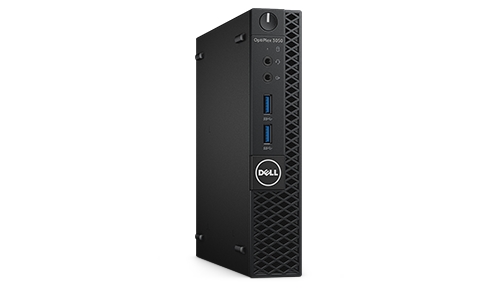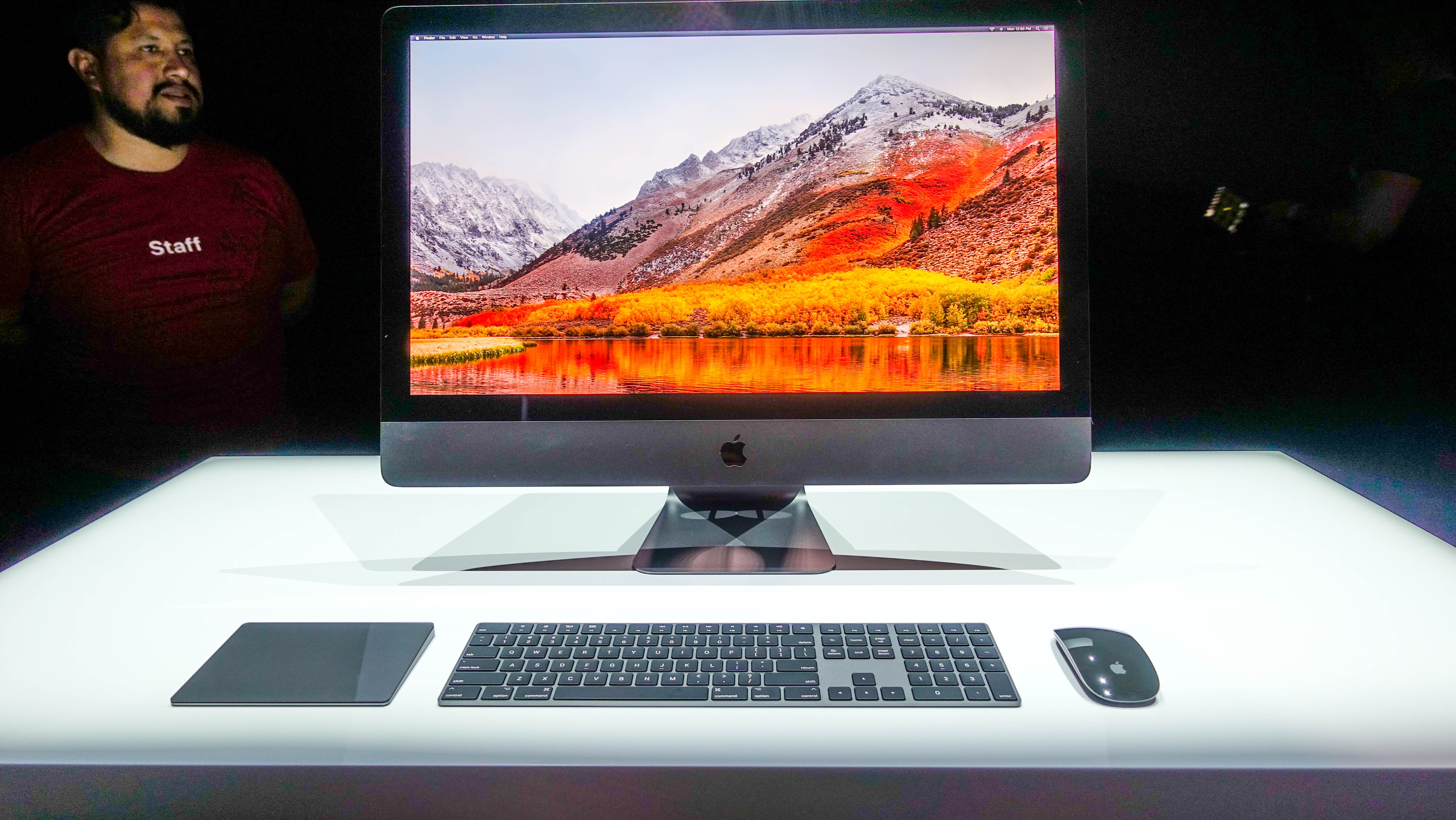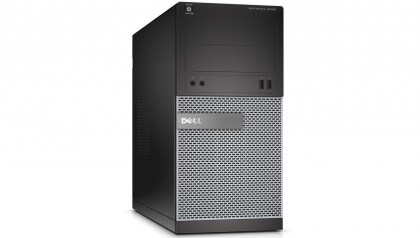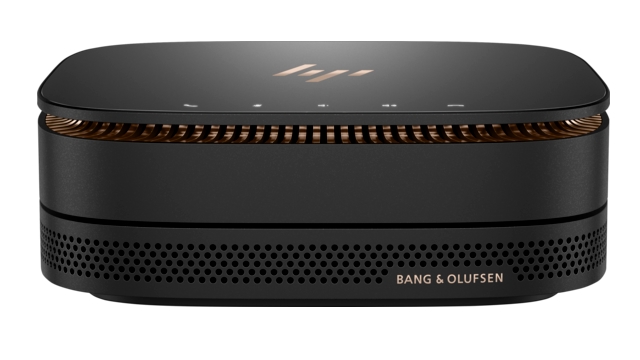Table of Contents
Best Business computers PCs for SMBs and enterprises of 2021
This makes the best business computers a wise financial decision when kitting out your office. And, while traditional desktop PCs are excellent devices to have in an office, we’ve also listed some of the best all-in-one PCs as well. These devices, like Apple’s iconic iMac, have computing components built into a screen. While this means they are less easily upgradable than traditional PCs, they are easier to set up, take up less space on a desk, and look fantastic as well. Aesthetics might not be your primary concern when buying a business computer, but they will make almost any office or studio look clean and modern.
We’ve also included our exclusive price comparison tool, which will search the web for the best deals, so once you’ve found the best computers for your business needs, you can buy in confidence knowing you’re getting the best price. Complete your setup with one of the best business monitors or one of the best monitors.
- These are the best office coffee machines
- Sit comfortably: we’ve also featured the best office chairs.
Top 10 best business desktop PCs
To help narrow down your search for the ideal system for your business, here are TechRadar Pro’s top 10 business desktop PCs.

Dell is a well-known and well-respected name when it comes to business computers, so you can be sure when you buy a machine from Dell that it is a well-built and well-supported device. The Dell OptiPlex 3050 Micro offers very good base specs that can be customized to your needs, for a very compelling price. The slimline case also keeps your desk or office from feeling cluttered.

Even though the iMac 27-inch’s last update was only last year, Apple couldn’t help but step up in the upgrades department with its 2020 follow-up. Specs-wise, this model sports some massive improvements while also upgrading its webcam and microphones for a felicitous update. More people are working from home these days, and this seems like the best all-in-one PC to invest in without being forced to make some considerable space in your existing area. Sure, its overall design hasn’t seen so much as a tweak, making it look a bit tired, but if power is at the top of your list, this one’s the best business PC for you.
Read the full review: iMac (27-inch, 2020)

If you’re looking for an incredibly powerful, yet stylishly designed, all-in-one PC that’s not made by Apple, then Microsoft’s brilliant Surface Studio will be for you. It comes at a price, but for build quality and performance, you’ll not want to look any further, especially if you work in the creative industry.
Read the full review: Microsoft Surface Studio

We’ve always loved the Apple iMac, and now Apple has produced a professional-orientated, workstation-level, version called the iMac Pro. This is a seriously powerful all-in-one with cutting edge tech, with a choice of powerful Intel Xeon W processors, bags of RAM and hefty graphical processing power. All of this in an iconic Apple design. If you have the budget for it, the iMac Pro is one of the best business PCs money can buy.
Read the full review: Apple iMac Pro

Behold the Mac mini. Apple’s cheapest computer is even cheaper when bought from a third-party. It is tiny even compared to the competition but still manages to pack an Intel Core i5 with faster graphics and Thunderbolt 2 plus a myriad of other connectors, all in a box that’s only 36mm thick and sits comfortably on an A4 sheet.
Read the full review: Apple Mac mini

If you need a solid PC system that’s going to work day-in, day-out, then the Dell Optiplex range should get a good chunk of your attention. The 3020 range is based on a no-nonsense micro-tower system, which comes with Windows 7 Pro 64-bit with a free upgrade to Windows 10 Pro. This system has everything you need to get your business up and running, while remaining expandable as you go.

The HP Elite Slice for Meeting Rooms proves that business desktops don’t have to be big and bulky. This simple yet powerful device has a small form factor that makes it slot onto desks or in meeting rooms with ease, and with dual-microphones, HP Noise cancellation and specialist conferencing software, it makes it the perfect device for holding meetings on.
The types of desktop PCs
A recent development in the desktop PC world has been a modest diversification of the system case. The typical business PC comes in a mini-tower box, which is probably best sited under or next to your desk.
But if space is at a premium, a smaller case would be a better choice. Dell, for example, delivers its Optiplex models in mini tower, ‘thin’ desktop and ‘compact’ small form factor sizes, each model offering the same computing power but in a different case.
Three other formats that have grown in popularity are:
1. All-in-one, otherwise known as AIO, which combine the monitor with the base unit. The move to power-efficient components, the falling price of LCD panels and the ubiquity of touch functionality make AIO an increasingly popular choice for businesses. The all-in-one PC essentially resembles a slightly larger than normal LCD display that contains the processor, hard drive and memory built-in to the screen casing. The end result is a very elegant, clutter-free desktop PC.
2. Ultra-small form factors, otherwise known as net tops or mini PCs, which borrow a lot of their designs (and components) from laptops. They are essentially laptops without a screen, input peripherals and a battery.
3. HDMI dongles which have been inspired by tablets and smartphones and often share parts with the latter. These are usually used for display signage or in niche markets. They are usually not powerful enough for most tasks but things are likely to improve by the end of 2016.
- Keep your office secure with the best office security cameras.
Workstation vs Desktop PC: What is the difference?
- TechRadarPro Q&A with Anu Herranen, Director of New Product Introduction, Advanced Compute and Solutions at HP Inc.
The main thing here is that you must ignore the form factors. In this case, the question would really be, what is the difference between a (regular) desktop PC and a desktop workstation? The answer is that the workstation has been developed for a specific professional workflow.
It is not just about the raw performance of the processor or other components in a device. It is about how well they perform in specific tasks relevant to the work they are designed to do. Do they make that system easier, faster and remove unnecessary complexity so you can focus on the task and be more productive and creative?
Usually a data scientist will not place emphasis on the colour accuracy on a display, but they will care about having a device that can process huge data sets for hours without crashing mid-way. A graphic designer or VR developer on the other hand will care about being able to process jobs quicker by managing how power is split between the CPU and GPU depending on the task.
You also need to get beyond the box. What software stack or operating system does the workstation need to run? Does the workstation need to run the full Adobe creative suite? Is the keyboard and other input devices optimized for the needs of the user? Examples might include a VR headset or a set of separate programmable keys.
Security and manageability in workstations are also designed to work seamlessly across the whole stack and conform to specific requirements defined by role and managed by IT departments. Devices are often configured to get the best out of a given software and may even carry certifications that guarantee performance for certain software, such as those from companies like Autodesk.
All of this adds up to a curated experience – a device absolutely dedicated in every way to a workflow and ready to go out of the box, saving days of configuration time.
The final key difference is that workstations are very expandable – designed with upgrading in mind. Whilst that is of course true of many PCs, workstations are engineered with this capability in mind. A workstation is designed to be a device that can expand with your needs over a long period of time.




